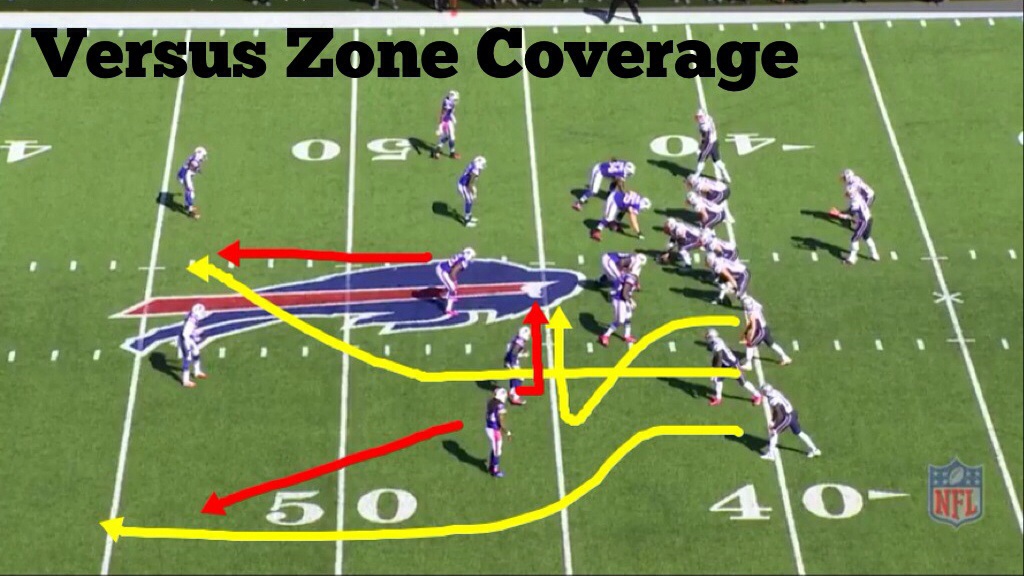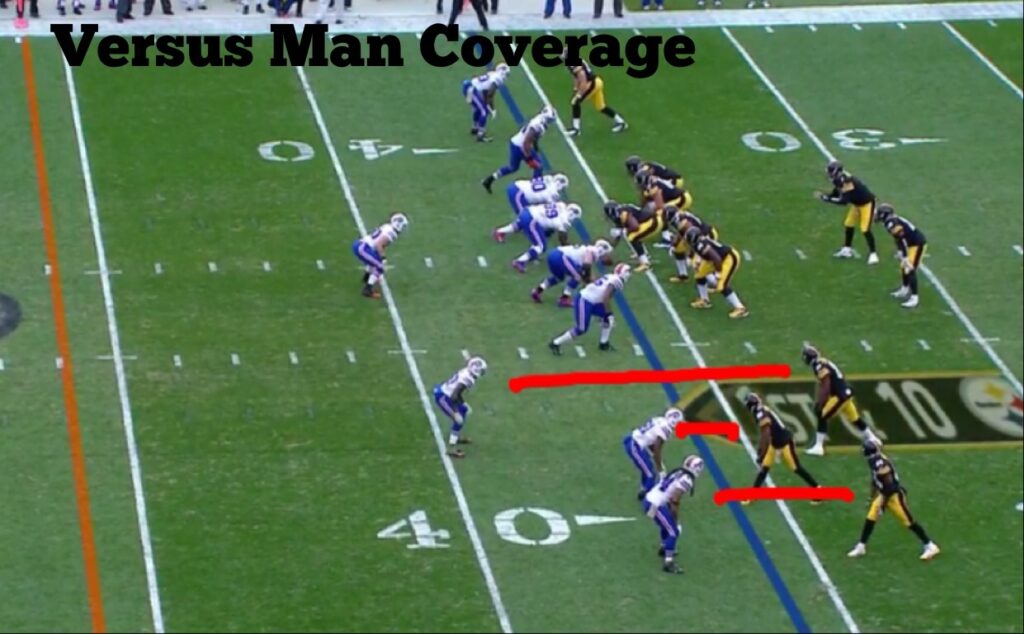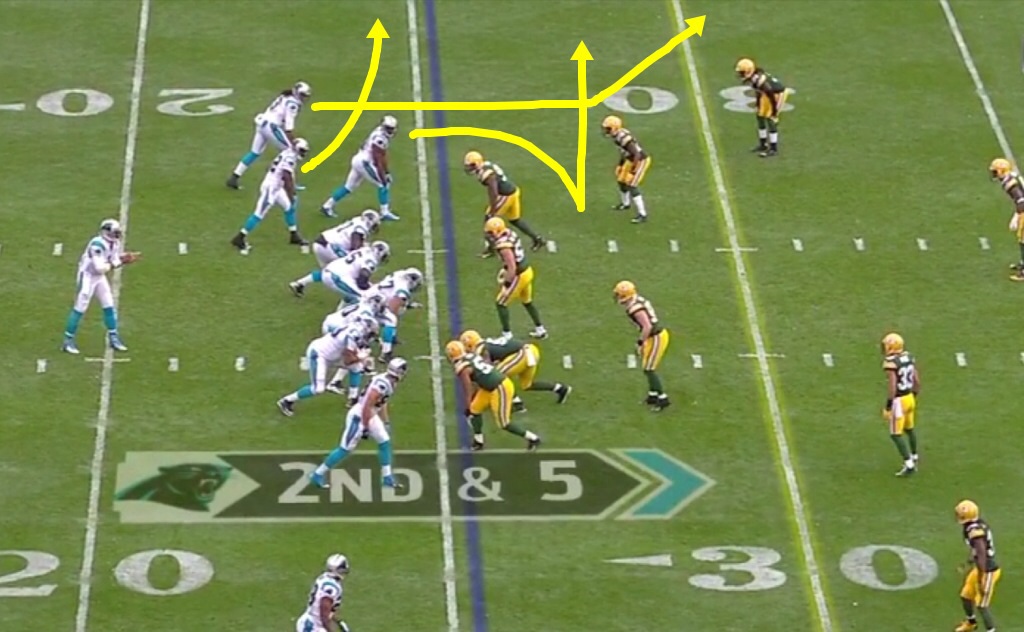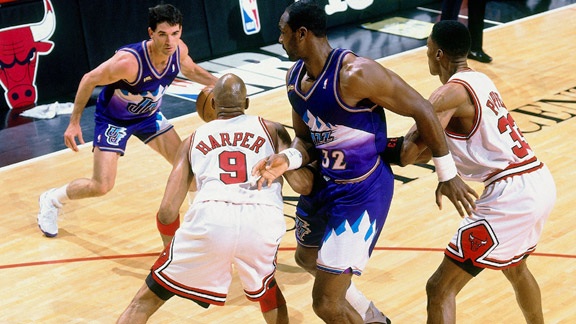The pick route, a hot topic of discussion in both college and professional football, had its fair share of controversies during the 2014 season.
In one of the most anticipated college football games that year, the Notre Dame versus Florida State matchup, the outcome hinged on an interpretation of the pick route’s legality.
The NFL also saw its share of flags thrown during the season as teams grappled with defining what constituted a legal pick route, impacting the results of games.
With both college and professional teams increasingly fielding more eligible receivers, the inevitable collisions and entanglements between routes became a common occurrence.
Let’s delve deeper into the pick concept, a fundamental aspect of football that has firmly embedded itself in the game.
For those who have played basketball at any level, the concept of a “pick and roll” is familiar. Although originating from basketball, it finds its equivalent in today’s football.
In basketball, the point guard advances the ball to the top of the key, where they face a defender. To help them navigate past this defender, a teammate steps in to set a pick, a screen designed to provide an easy path.
The defense is then left with decisions: Will the defender on the ball-handler try to fight through the pick, or will they switch to the teammate guarding the screen-setter? This is a similar dilemma encountered in football between receivers and coverage players.
In football, offenses structure their formations to discern whether they are against man-to-man or zone coverage before the snap.
They achieve this by shifting a running back or tight end to the furthest point from the formation or lining up all their wide receivers on one side of the field while keeping a tight end and running back on the opposite side.
This puts defenses in a quandary, compelling them to make choices regarding personnel matchups and formation.
Defenses are reluctant to deploy linebackers or safeties in zone coverage, akin to cornerbacks, against a running back or tight end. It’s an unfamiliar role that doesn’t align with their skill set.
With this knowledge, defenses must opt for either man-to-man coverage, positioning a cornerback over the tight end, or a running back who excels at zone coverage. This allows offenses to devise plays tailored for either man-to-man or zone coverage.
A disclaimer: there are rare instances where exceptional players or daring defensive coordinators attempt to position a defensive player out of their usual role to play zone coverage.
For example, a safety may line up on the outside, playing zone instead of man-to-man to camouflage the defense’s intentions and mislead the offense into an ill-suited play call, expecting man-to-man coverage when the reason is, in fact, in the zone.
This is a rarity and necessitates a combination of a daring defensive coordinator willing to take risks for disguise and exceptionally skilled personnel capable of executing such a task.
So, this is how offenses decode a defense’s coverages. But how do defenses opt to defend against them?
To simplify matters, defenses can employ zone defense against any formation presented by the offense.
However, this approach allows offenses to exploit gaps in the defensive coverage more effectively using formations that expose weaknesses in zone coverage. Often, offenses employ stacks and bunches to achieve this.

Alternatively, defenses can deploy a range of man-to-man coverages against stacked or bunched formations, aiming to maintain close coverage on the wide receivers.
However, this strategy makes them vulnerable to pick routes, especially when defenders are pre-snap aligned on the same horizontal plane, as depicted below.

Offenses leverage the formation and positioning of their skilled players to assess the type of coverage the defense employs and select the most suitable play for that particular coverage.
They have specific plays designed to exploit zone coverages, often involving formations like stacks or bunches that direct all the wide receivers in a common direction.

Much like in basketball, wide receivers strategically inundate a specific area on the field with more offensive players than there are defensive players, typically creating opportunities for one of them to break free.
The effectiveness of zone coverage hinges on defensive players adhering to their assigned zones on the field rather than drifting to cover others’. When a defender finds themselves out of position, it generates openings for a receiver to exploit.
In response, defenses may return to man-to-man coverage against these stacked or bunched formations.
This approach tightens coverage, making each defender responsible for tracking their assigned receiver.
However, this also renders them susceptible to “pick plays” designed to free up receivers by creating interference, potentially allowing them to shake off their coverage.

A significant divergence from basketball in football is that the key to executing a pick play is to avoid any contact with the defender responsible for the receiver being picked for.
The receiver setting the pick’s objective is to compel the defender to either go beneath or over the top of the pick-setting receiver.
This forces the defender to take a lengthier route, thereby creating a window or more space for the receiver to get open. Should the pick-setting player contact the defender, it typically results in a flag for offensive pass interference.
Pick plays perennially invite controversy because referees must discern whether receivers within these stacked or bunched formations are genuinely blocking or merely running routes to create a traffic jam to free up other receivers.
Every offense incorporates pick plays into their repertoire and will continue to employ these tactics to gain a schematic advantage over their opponents.
Expect the controversy to persist because routes will continually intersect to gain an advantage, leaving officials in the position to interpret the actions on the field.
So, as you watch today’s NFL games, the distinction between plays that draw a penalty flag and those that don’t will remain a matter of judgment, and you’ll have to await the officials’ call.

